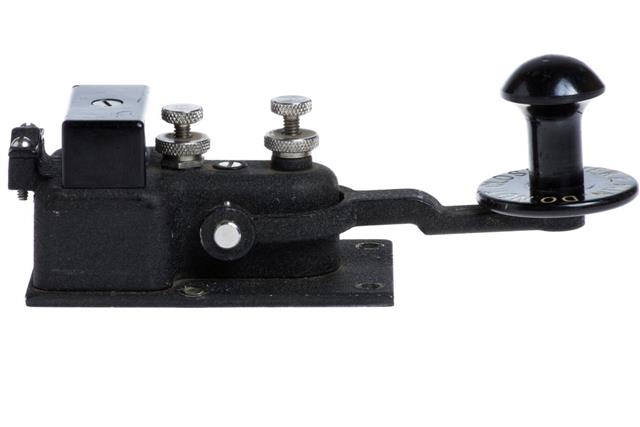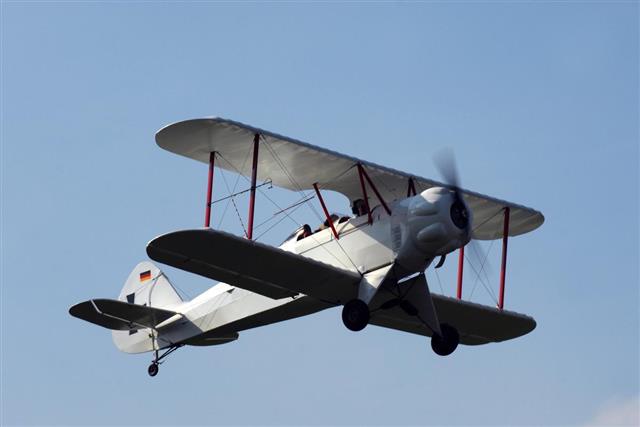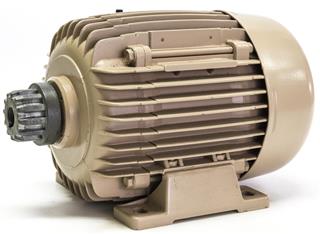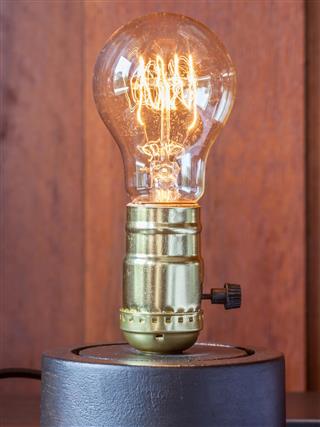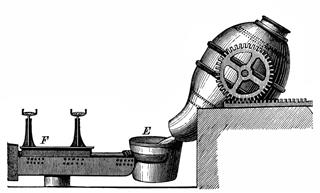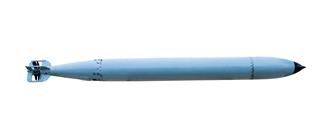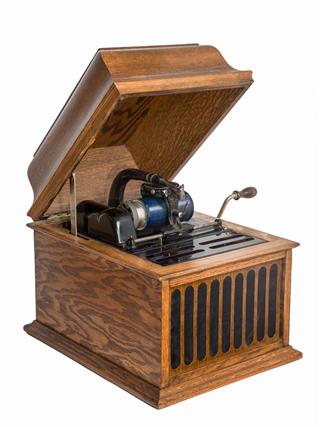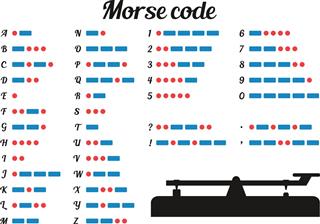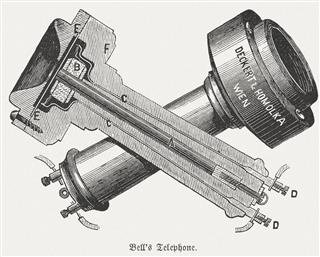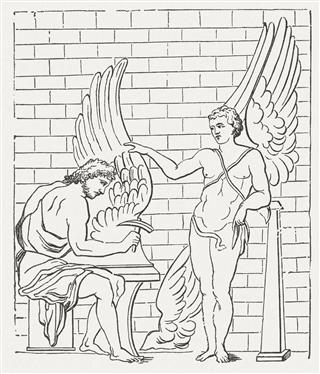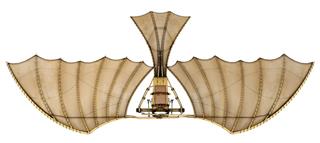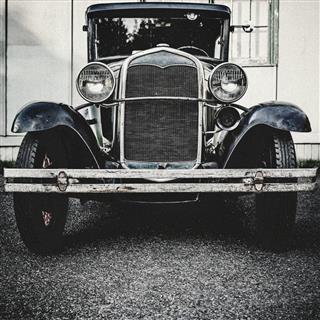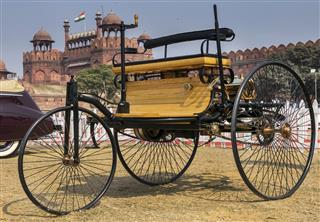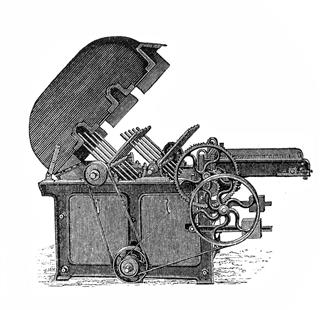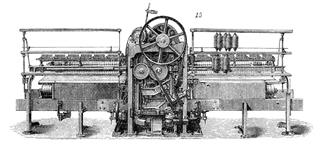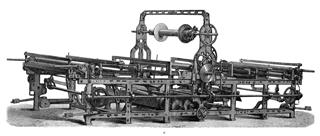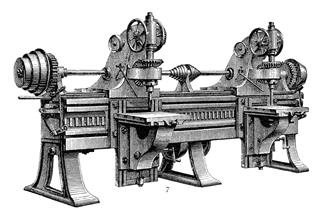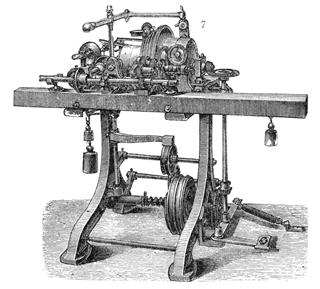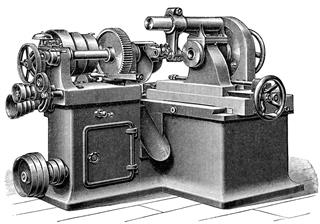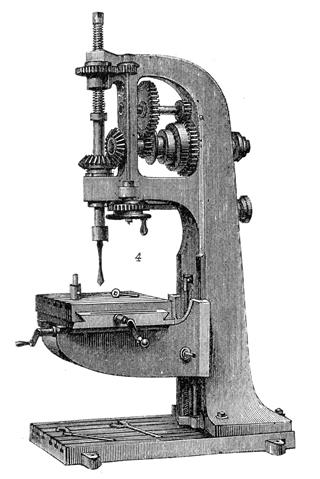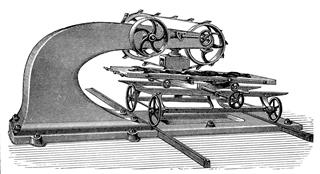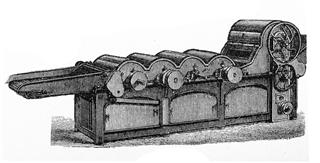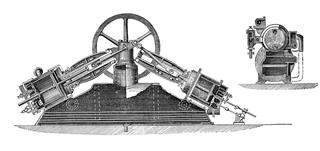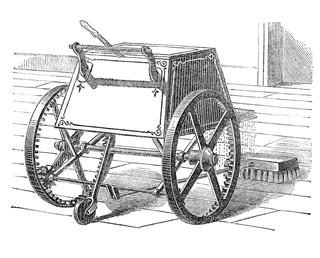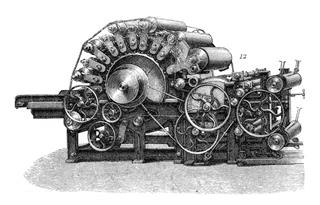
The radical and profound changes in political structure, economic relations and technical developments can be termed as ‘Revolution’. Many machines were devised, and significant advances were made in production sectors during second industrial revolution. Let’s know about the inventions that caused the revolution through this article.
Some of the inventions and changes during the late 19th century and early 20th century were never within any stretch of imagination of people at that time. Fecund imaginations and useful knowledge represented the industrial revolution. New scientific and technical knowledge was applied in the industrial sector and the scientist unleashed the practical applications and conjured up tricks that were hidden in science. It can be said that the technological revolution (second industrial revolution) fulfilled the limitations of the first revolution.
Before the technological revolution, people used to manufacture things using basic hand tools in their houses. But after that, they shifted to advanced powered machinery, and mass productions. This revolution brought up variety of goods in big volumes and increased the industry’s growth to unprecedented levels. Germany and the United States captured the markets and occupied superior ranks in the world economy. By the end of the 19th century, they were challenging Great Britain in the world market for industrial goods.
Significant Inventions During the Technological Revolution
Transportation Revolution
It was one of the significant revolutions that took place during this time. It transformed the way people lived, traveled and worked. Invention of steam engine and internal combustion engine in the 19th century radically modified the transfer of goods and passengers. Adding to it, the advent of automobile and airplanes in the 20th century caused exponential growth in transportation and further revolutionized it.
Automobile: In 1885, Karl Benz’s Motorwagen, powered by internal combustion engine was the first automobile that was invented. It was improvised by Henry Ford and with his marketing skills, the automobile was not far from the reach of people. The automobile’s effect was huge among the people and everybody started to buy it. Also, the automobile industry contributed significant amount to the country’s economic growth.
Transcontinental Railroads: During 1869, transcontinental railroad was built in the United States of America by the Central Pacific Railroad of California and the Union Pacific Railroad. It links the United States from east to west.
Model T Ford: Model T is an automobile built in 1908, by Ford motor company. The car was very popular during those times and it was affordable to middle class people also. The assembly line innovation of the Ford company made the car very popular among Americans.
Airplane: Humankind has always dreamed of taking to the sky with inspirations from Leonardo da Vinci’s flying machine and mythical wax wings of Daedalus and Icarus. In 1903, two American brothers, Wilbur and Orville Wright converted the dreams into reality by building the first real flying machine called ‘Airplane’. Their attempt zapped the people and the 20th century witnessed the most influential growth in transportation.
Communication Revolution
During the 19th century, a series of technological innovations dramatically altered the way of communication, trade, business and exchanging ideas in the world.
Telephone: In 1876, Alexander Graham Bell, invented a device called Telephone. His experiments with sound, in order to make the deaf communicate, lead to the invention of telephone. Telephone plays an indispensable role in our lives. Even though, cell phones try to replace telephone these days, the revolutionist Alexander Graham Bell of the 19th century was the pioneer and the revolution he made, took the world to an unimaginable phase.
Transatlantic Signal: In 1901, Marconi demonstrated the first transatlantic signal using Morse Code and Wireless Telegraphy. Wireless telegraphy was invented and widely used in ships for communication, by sending and receiving signals. During 1912, Titanic ship sent distress calls for its rescue to the nearby ships using transatlantic signals from the sea. In 1906, the first human voice signal was transmitted through radio transmissions using the airwaves by Marconi.
Phonograph: In 1877, Thomas Alva Edison invented Phonograph. It is a machine in which rotating records cause a stylus to vibrate and the vibrations are amplified acoustically and electronically.
Military Revolution
Gatling Gun: Richard Gatling, an American inventor invented the Gatling Gun in 1862. This was the first automated machine gun. It spawned a new range of automatic weapons that would go on to become one of the most important in several battles, including the American Civil War and the World Wars.
Torpedo: In 1866, Robert Whitehead, an English engineer, produced the first self-propelled underwater missile. Since then, torpedoes haven’t deviated much from the original design made by Whitehead.
Steel Revolution
In 1850s, a process called ‘Bessemer process’ was developed for the production of steel. The key principle of this process is, removal of impurities from iron by oxidation, in a furnace. The process was widely used in industries and the cost of steel decreased to lower numbers. Mostly iron was used to construct buildings, ships and bridges. But after the revolution, manufacturers and constructors moved to steel.
Electric Power Revolution
In 1870, carbon filament lamp was developed by Sir Joseph Swan and Thomas Edison. This bulb is similar to the electric bulb which we use today. These two scientists combined together and formed a joint company called Swan and Edison. This company produced the first electric bulb. Using Faraday’s principle, electric motor was constructed in 1870. From then, electric motor was accepted as a driving force in transportation industries. Later in 1888, induction electric motor was invented by Nikola Tesla.
The innovations and inventions of the technological revolution are the contributory factors for the modern life that we live today. The scientists and people who made those revolutions are well-thought-of even now, for their altruistic dispositions and intelligence. The technological revolution has increased the standard of our living and still continues to drive our economy.
